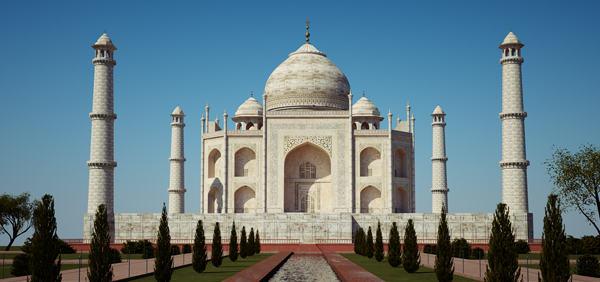There is a big difference between symmetry and balance. The Taj Mahal in India, for example, is perfectly symmetrical. Its left side is the exact duplicate of its right side. And while this makes for a beautiful building, it’s not very practical. You can’t change anything to accommodate new uses without ruining the entire structure.
In real life, families grow and change. So do companies and congregations. The buildings they occupy need to be able to grow and change with them. This doesn’t mean a building can’t still be beautiful as it adapts to new uses. In fact, some of the best buildings are those that seem to ramble on an unplanned and almost organic way.
The key is balance. A building that is asymmetrical can achieve enormous power and beauty by its composition and the interplay between its parts.
A typical New England farmhouse, for example, has four sections that were built over time as the farmer prospered: a main living area, a separate kitchen, a stable and a barn all connected to each other. This formula is sometmes known as “big house, little house, back house, barn” and it results in some startlingly beautiful compositions.
We incorporate balance and composition into all of our work because that’s the best way to get create homes, offices and churches that are beuatiful as well as practical and adaptive.
Symmetry is great but it rarely stands the test of time. Unless it’s the Taj Mahal.


